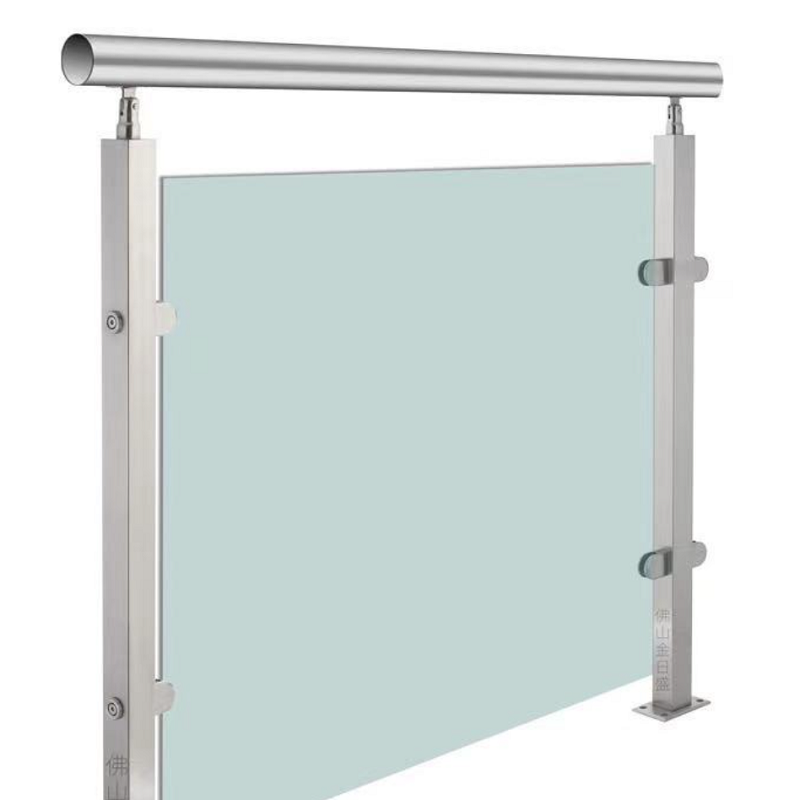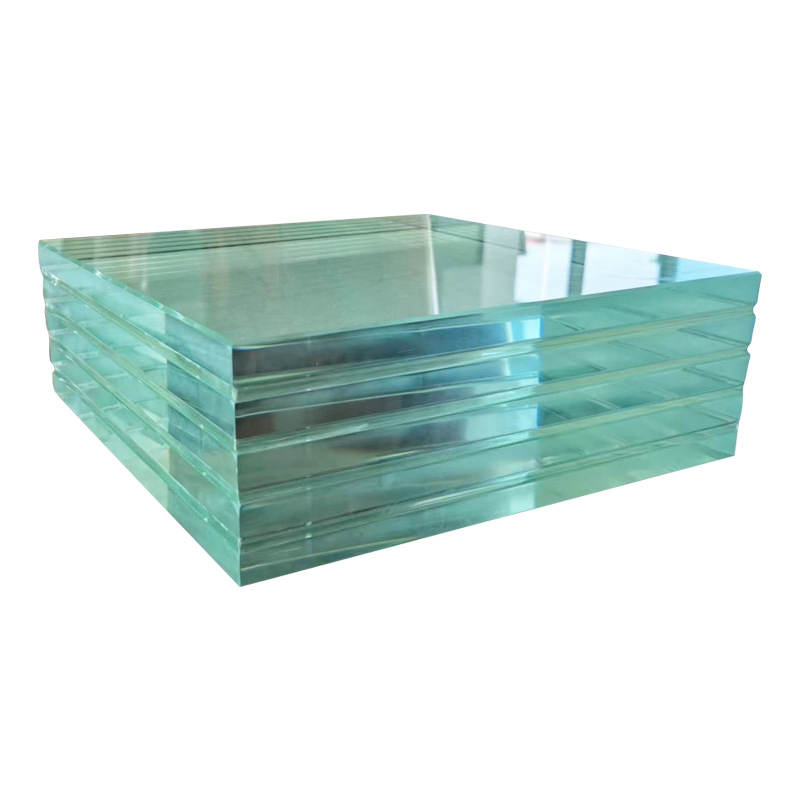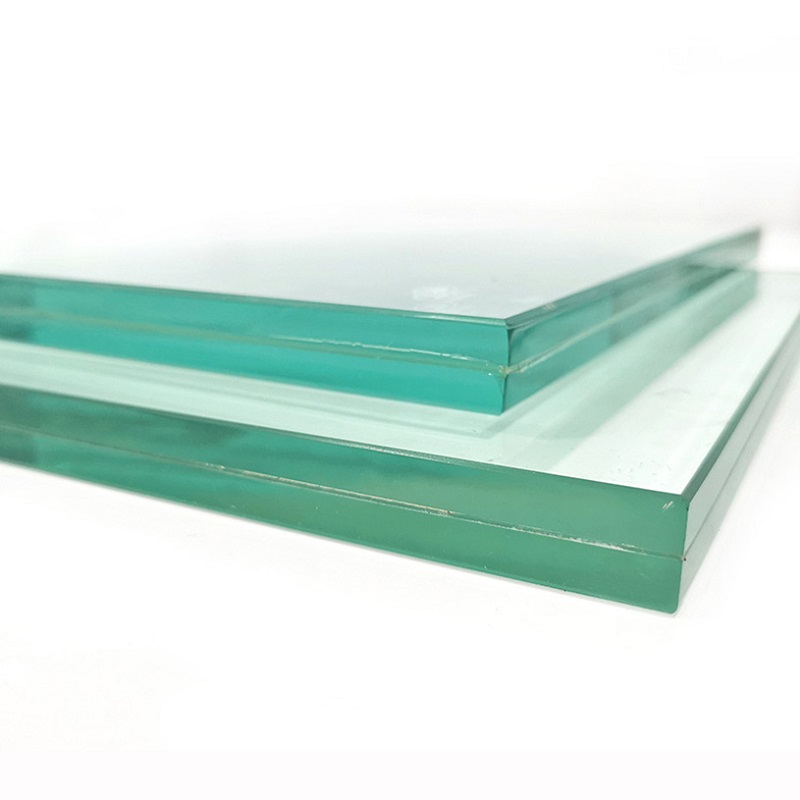In today's society, safety concerns are increasingly important, especially in high-risk environments. Bulletproof glass, as an effective safety material, is widely used in banks, government agencies, military facilities, and private residences. This article will explore the composition, manufacturing process, working principle, and application areas of bulletproof glass.
1. Composition of Bulletproof Glass
Bulletproof glass typically consists of multiple layers of materials, providing superior impact resistance:
Glass Layers: Serving as the primary protective layer, commonly made from float glass or tempered glass. These types of glass offer high transparency and strength, capable of resisting external impacts.
Polymer Layers: Materials such as polycarbonate or polyethylene are used for their excellent toughness and impact resistance, effectively absorbing and dispersing impact energy.
This multilayer structure is designed to effectively withstand penetration from bullets or other projectiles.
2. Manufacturing Process
The manufacturing process of bulletproof glass focuses on lamination and heat treatment, which includes:
Lamination Process: Different thicknesses of glass and polymer materials are stacked together and bonded using high temperature and pressure, forming an integrated structure. This process ensures good adhesion between the layers, enhancing overall strength.
Heat Treatment: Some bulletproof glass undergoes special heat treatment during production to enhance its impact resistance and thermal stability. This treatment helps eliminate internal stress, improving material stability.
This complex process ensures that bulletproof glass can withstand strong impacts without shattering.
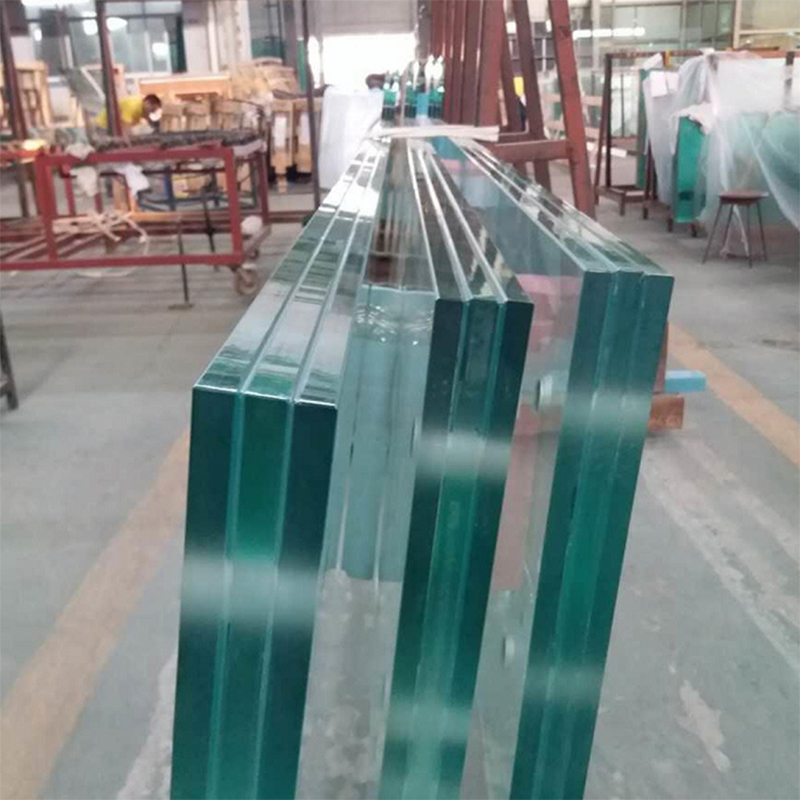
3. Working Principle
The working principle of bulletproof glass relies on several key factors:
Energy Dispersion: When a bullet strikes bulletproof glass, the glass and polymer layers work together to disperse the bullet's kinetic energy over a broader area, reducing the impact on localized regions.
Multilayer Protection: The multilayer structure means that even if the first layer is penetrated, subsequent layers can still provide additional protection, significantly reducing the risk of penetration.
4. Classification of Levels
Bulletproof glass is categorized into multiple levels based on its protective capabilities. These levels follow international standards, such as those set by the National Institute of Justice (NIJ) or UL certifications, which apply to various types of ammunition and impact strengths, providing users with a basis for selecting suitable bulletproof glass.
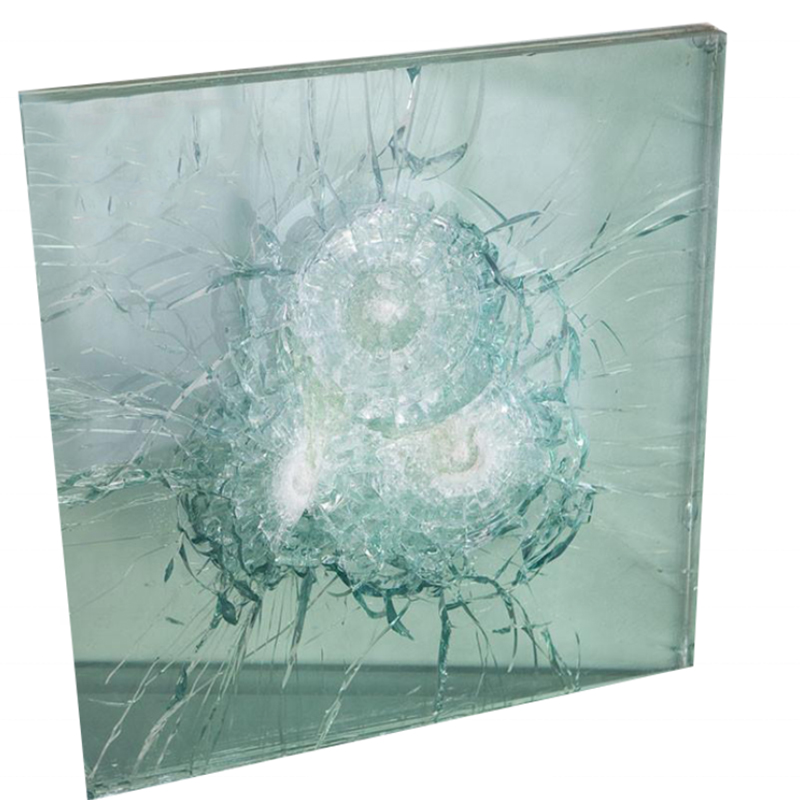
5. Application Areas
The application areas of bulletproof glass are extensive and include:
Financial Sector: Bank counters, vaults, and other areas commonly use bulletproof glass to protect cash and valuables, ensuring safety.
Government Agencies: Public buildings like government offices and courthouses often use bulletproof glass to ensure the safety of staff and the public.
Military Uses: Military vehicles and bases utilize bulletproof glass to prevent external attacks and ensure soldier safety.
Residential Security: An increasing number of high-end residences are installing bulletproof glass windows to enhance home security and deter intrusions.
Conclusion
Bulletproof glass is not only a technological achievement but also a reflection of safety needs. In an increasingly complex and dangerous social environment, the widespread use of bulletproof glass provides an essential layer of protection in our lives.
As technology continues to advance, future bulletproof glass will likely become lighter, stronger, and even more intelligent, further enhancing its protective capabilities.


